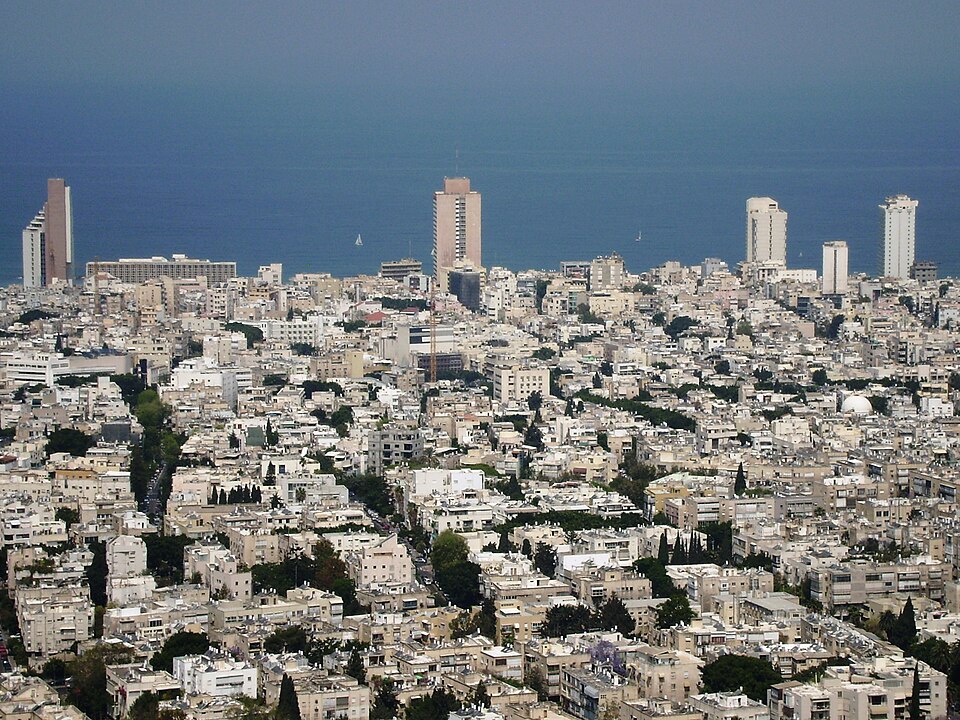

Curated experiences in תל אביב–יפו

The Jaffa railway station was the first railway station in present-day Israel, serving as the terminus for the Jaffa–Jerusalem railway. …


The "Fire and Water Fountain", also commonly referred to as the "Dizengoff Square Fountain", is a Tel Aviv landmark in …
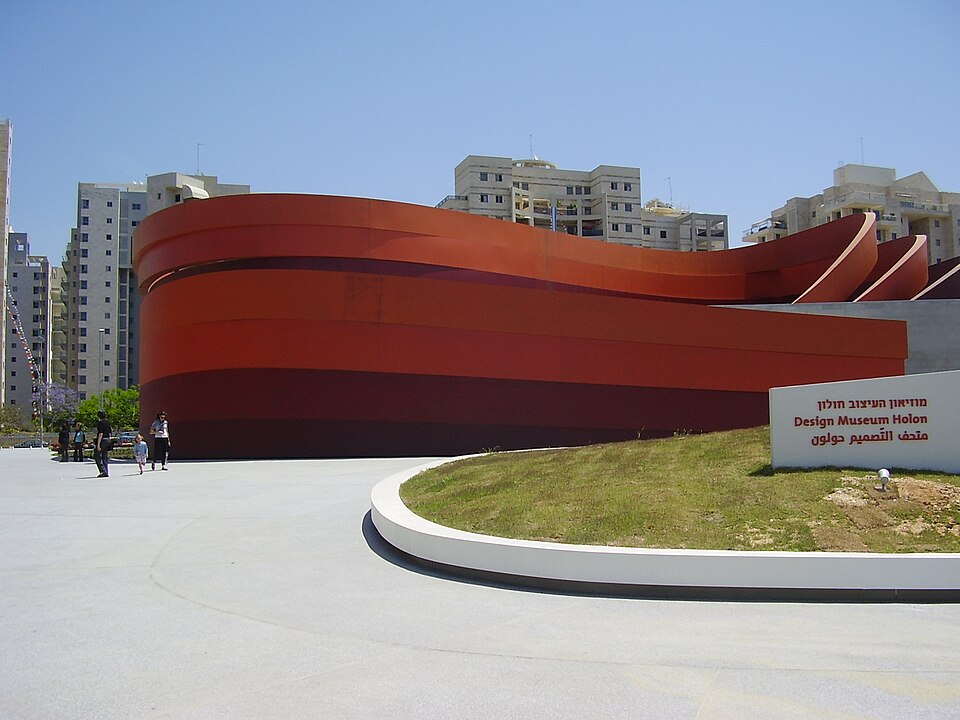
Design Museum Holon (Hebrew: מוזיאון העיצוב חולון) is the first museum in Israel dedicated to design.
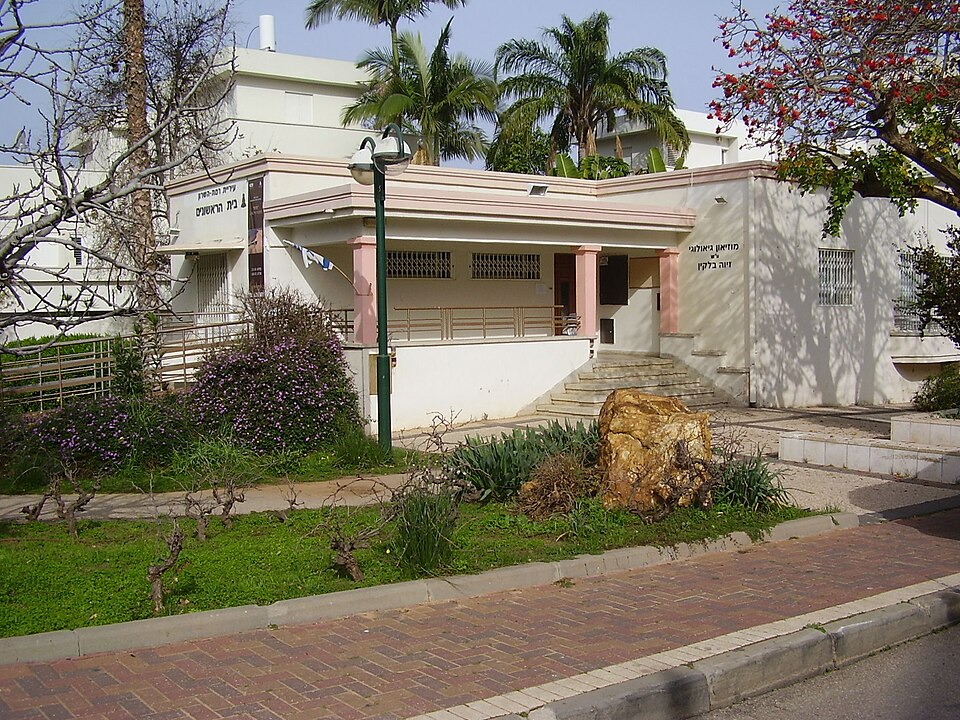
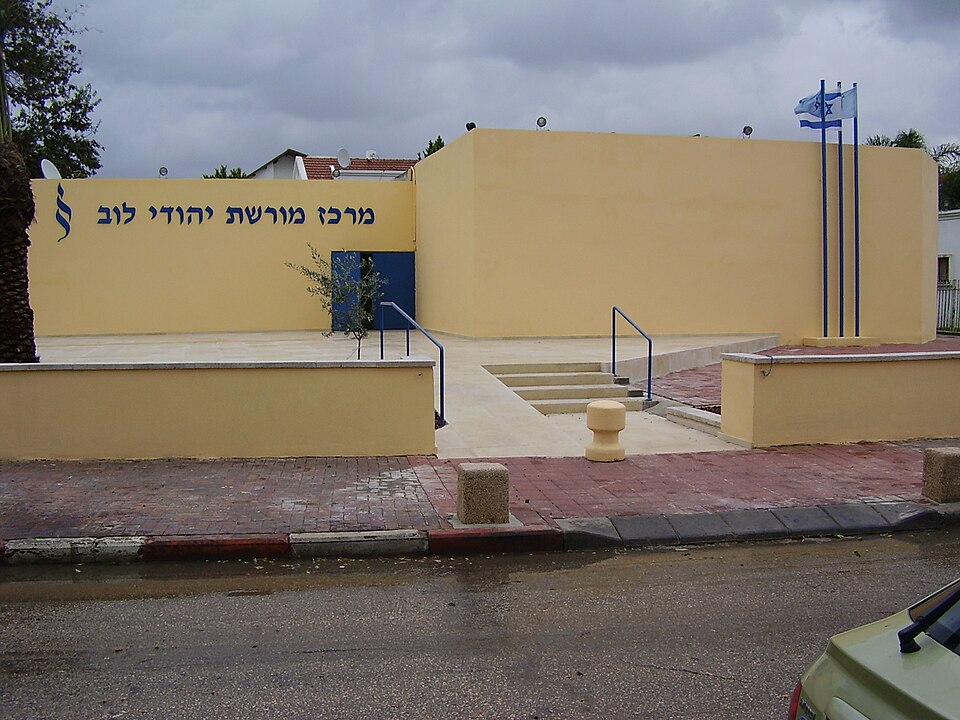

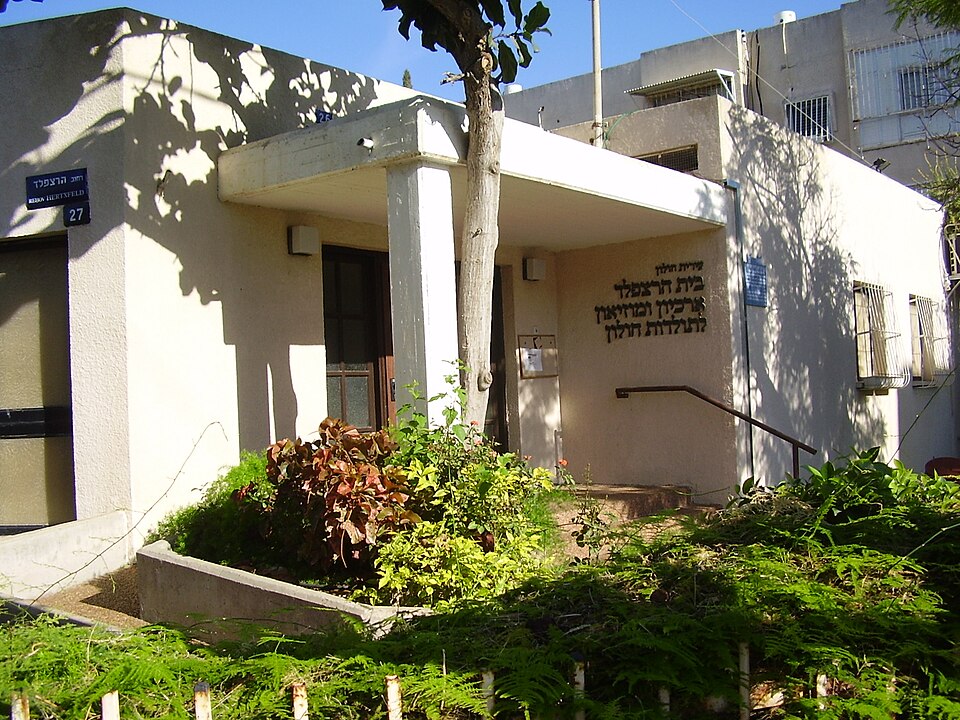

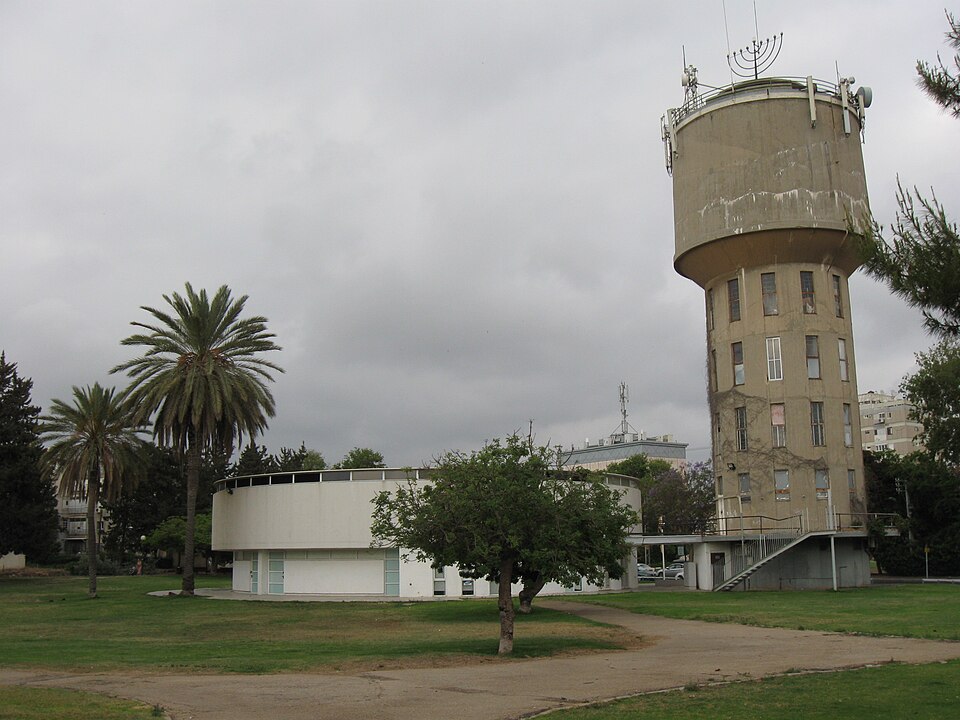

Metzudat Ze'ev (Hebrew: מצודת זאב, lit. "Ze'ev's fortress / stronghold"), also known as Beit Jabotinsky (House of Jabotinsky, בית ז'בוטינסקי) …
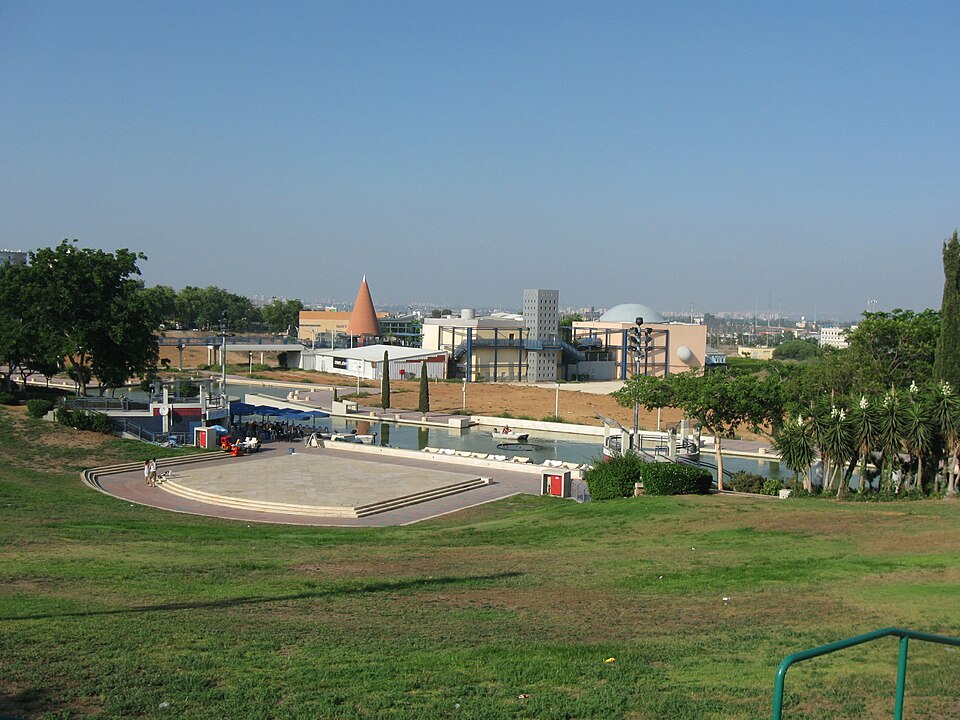
Holon Children's Museum (Hebrew: מוזיאון הילדים חולון) is a children's museum in Holon, Israel.
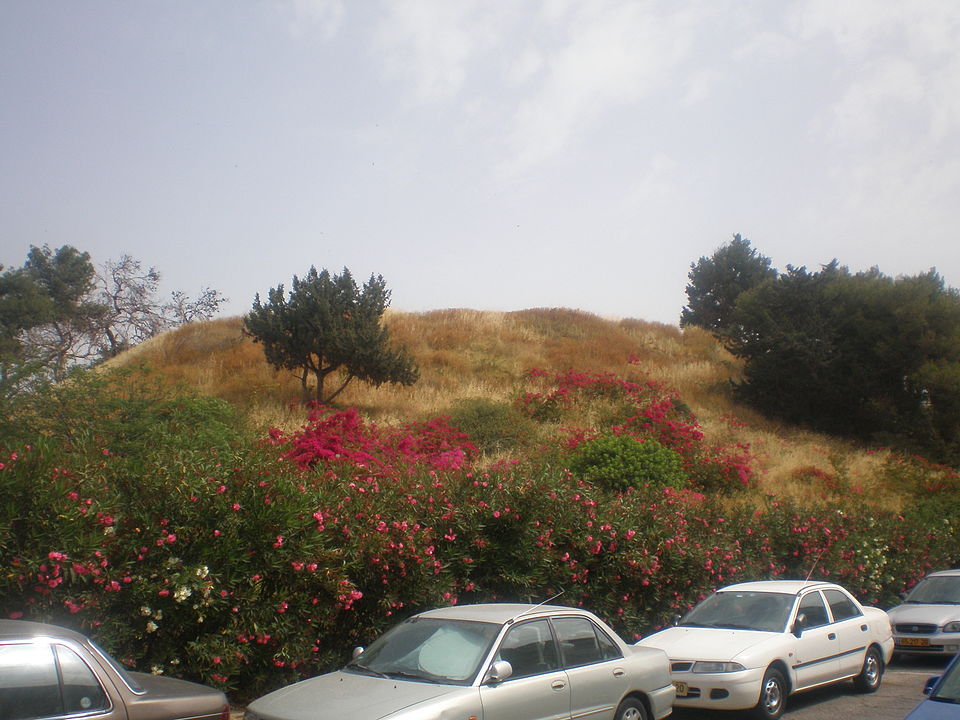
Tel Gerisa (Hebrew: תל גריסה) or Tell Jerishe and Tell Jarisha (Arabic), commonly known as Tel Napoleon (Hebrew: תל נפוליאון, …

The Steinhardt Museum of Natural History (Hebrew: מוזיאון הטבע ע״ש שטיינהרדט), Israel National Center for Biodiversity Studies at Tel Aviv …

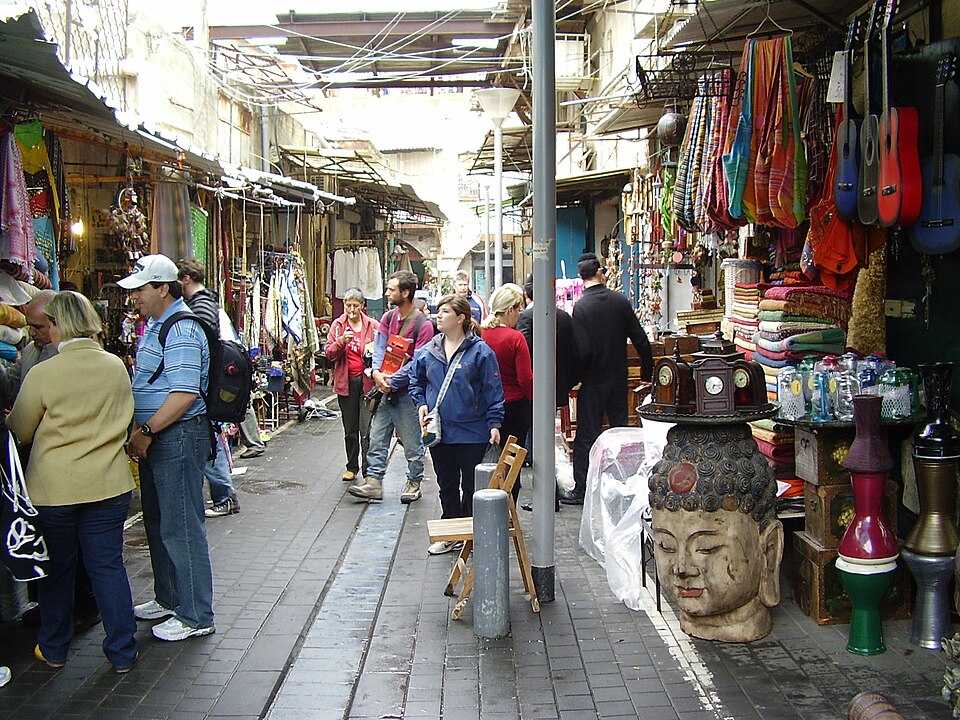

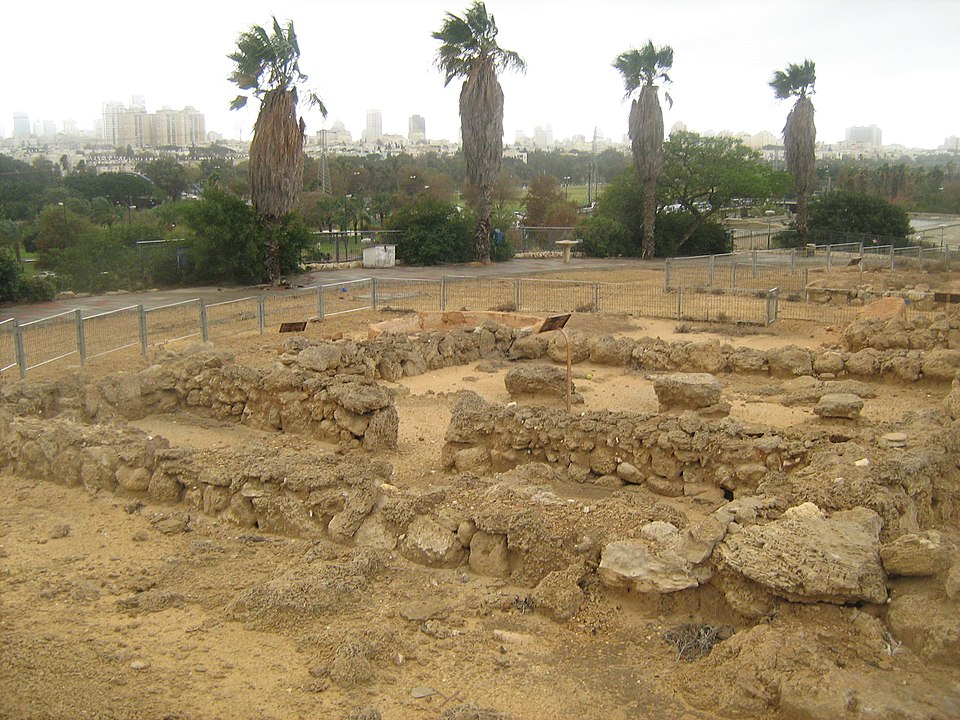
Tell Qasile is an archaeological site near the Yarkon River in Tel Aviv, Israel. Over 3,000 years old, the site …
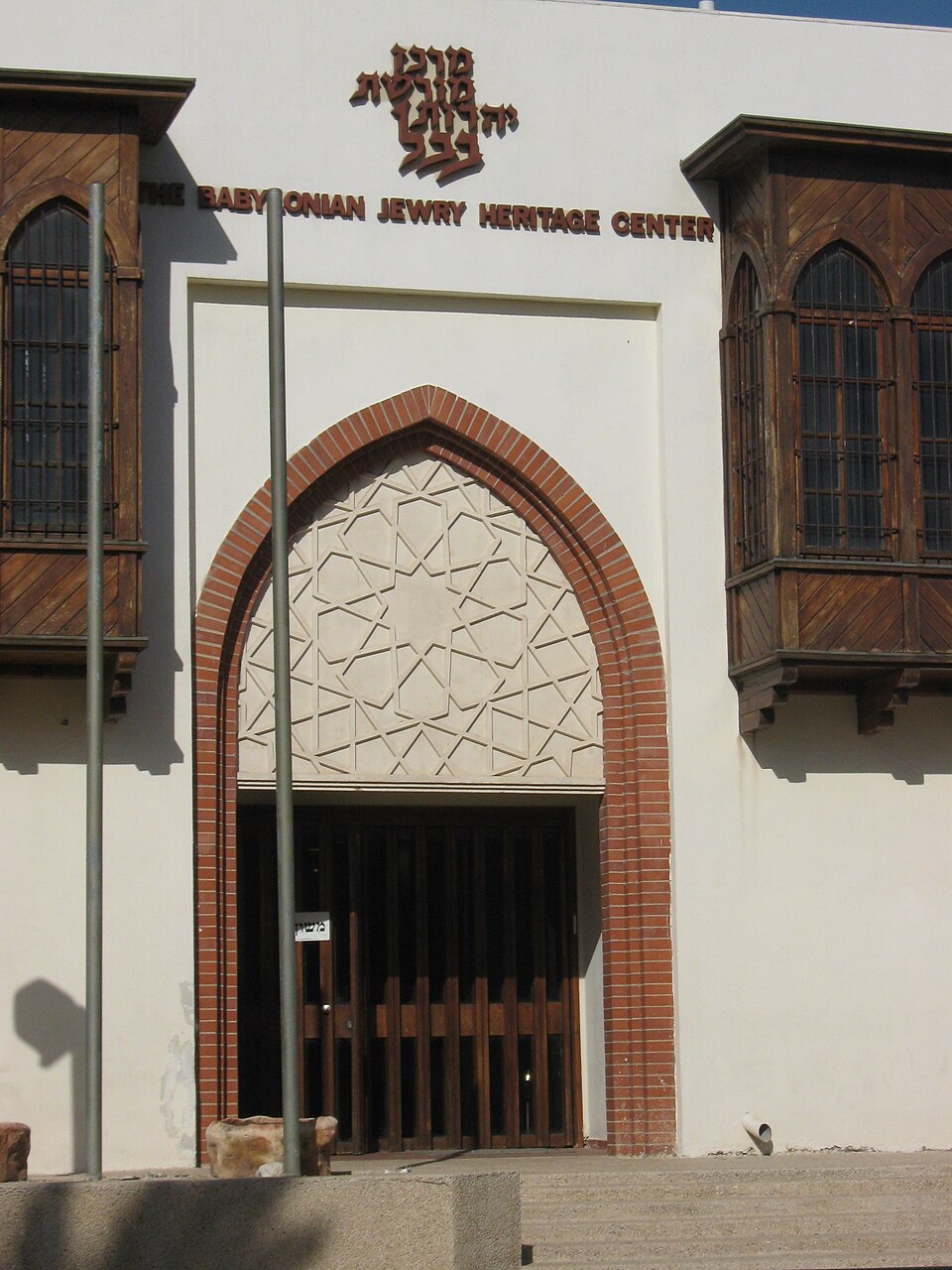
Babylonian Jewry Heritage Center (Hebrew: מרכז מורשת יהדות בבל) is a museum and research center in Or Yehuda, Israel.
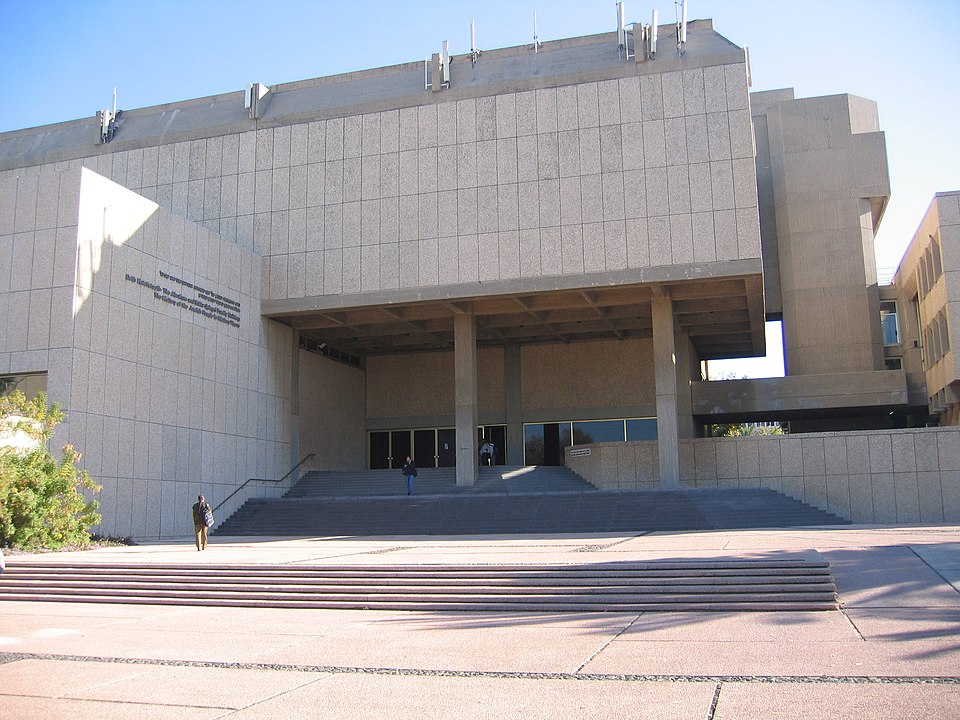
Anu – Museum of the Jewish People (stylized ANU), formerly the Nahum Goldmann Museum of the Jewish Diaspora, is located …
Create a personalized itinerary and unlock the finest experiences תל אביב–יפו has to offer
Plan Your Trip